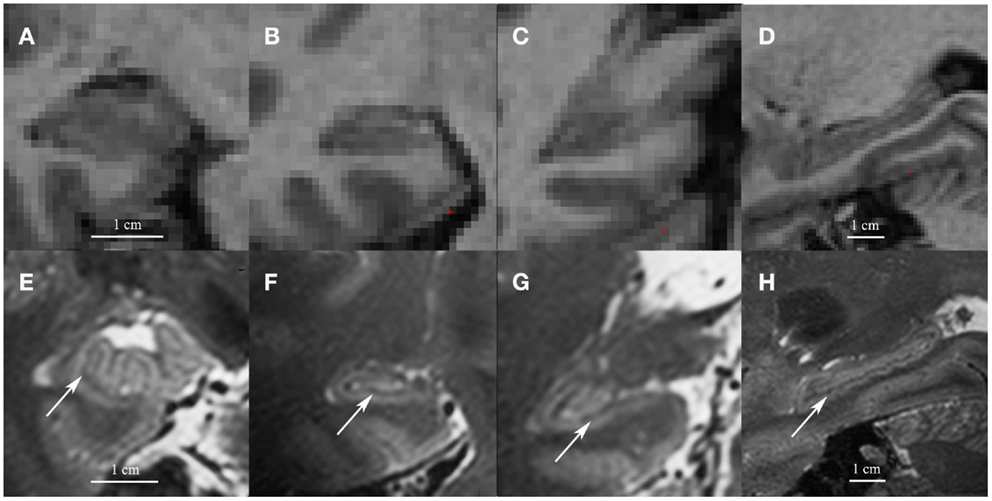The
corpus callosum (CC) links the cerebral cortex of the left and right cerebral hemispheres and is the largest fibre pathway in the
brain.
Gross anatomy
The corpus callosum is ~10cm in length and is C-shaped, like most of the supratentorial structures, in a gentle upwardly convex arch.
It is divided into four parts (anterior to posterior):
Relations
Immediately above the body of the CC, lies the interhemispheric fissure in which runs the falx cerebri, the anterior cerebral vessels. The superior surface of the CC is covered by a thick layer of grey matter known as the indusium griseum.
On either side, the body is seperated from cingulate gyrus by the callosal sulcus.
Attached to the concave undersurface of the CC is the septum pellucidum anteriorly, and the fornix and its commissure posteriorly.
Fibre tracts
Although the CC can be seen as a single large fibre bundle connecting the two hemispheres, an number of individual fibre tracts can be identified. These include:
- genu: forceps minor : connect medial and lateral surfaces of the frontal lobes
- rostrum: connecting the orbital surfaces of the frontal lobes
- trunk (body): pass through the corona radiata to the surfaces of the hemispheres
- trunk and splenium: tapetum; extends along the lateral surface of the occipital and temporal horns of the lateral ventricle
- splenium: forceps major; connect the occipital lobes
These connections can also be divided into :
- homotopic connections those that link similar regions on each side e.g. visual fields of motor/sensory areas of the trunk
- heterotopic connections: those that link dysimilar areas
Blood supply
The corpus callosum (CC) has a rich blood supply, relatively constant and is uncommonly involved by infarcts. The majority of the CC is supplied by the pericallosal arteries (the small branches and accompanying veins forming the pericallosal moustache) and the posterior pericallosal arteries, branches from the anterior and posterior cerebral respectively. In 80% of patients additional supply comes from the anterior communicating artery, via either subcallosal artery or median callosal artery.
- subcallosal artery (50% of patients) is essentially a large version of a hypothalmic branch, which in addition to supplying part of the hypothalamus also supplies the medial portions of the rostrum and genu
- median callosal artery (30% of patients) can be thought of as a more extended version of the subcallosal artery, in that it travels along the same course, supplies the same structures but additionally reaches the body of the corpus callosum
- posterior pericallosal artery (also known as splenial artery) supplies a variable portion of the splenieum. Its origin is inconstant, arising from P3 or branches there of




